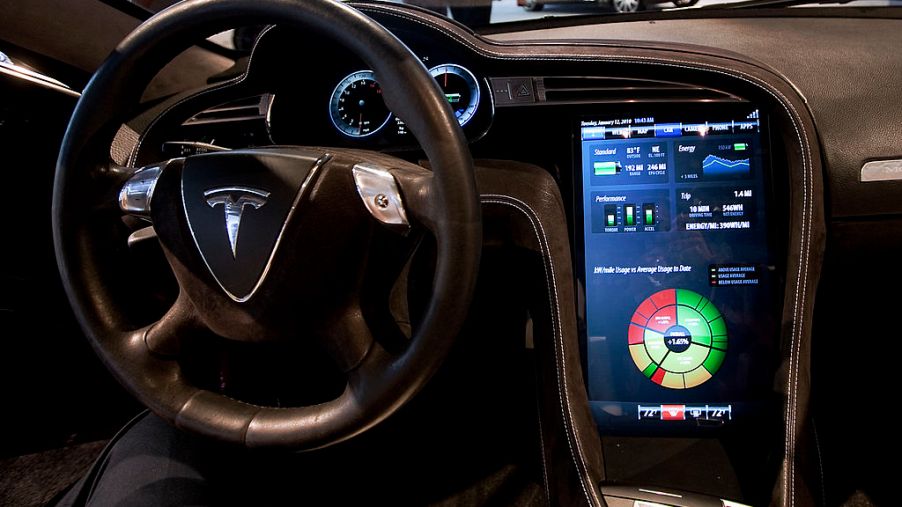
Has All the Smart Car Tech Made Us Worse Drivers?
Cars are getting very smart these days, and a lot of the cars’ features are not only very cool but also extremely convenient. But all those smart features may be turning us into dumb drivers. State Farm did a study on it, and unsurprisingly, the answer is yes, smart technologies are turning us into worse drivers. Here’s how.
The technology
In the State Farm study, the researchers asked approximately 1,000 drivers about their driving habits. The majority of the people surveyed, about 64%, didn’t have access to the two smart car technologies that the researchers were curious about, adaptive cruise control and lane-keep assist. 29% of drivers surveyed did have access to those two smart car technologies.
Adaptive cruise control will allow your car to follow the car ahead of you in a lane. It’ll adjust your car’s speed, by accelerating and braking when necessary, so that your car can keep a safe distance from the car you’re following. Lane-keep assist will help steer your car while in a lane so that it stays in the lane.
Many cars have at least one of these features and some cars have both. According to State Farm, even the most advanced self-driving car prototypes basically only have a combination of those two features. So, when State Farm is talking about smart technologies, this is what it’s talking about.
The distractions
According to the study, the average driver surveyed admitted to getting distracted by things like their phones while driving. However, the drivers with access to smart car technologies admitted to getting distracted far more often than the drivers who don’t have access to those smart technologies.
And it makes sense too. With adaptive cruise control and lane-keep assist, the car does a lot of the driving for you. For safety reasons, car manufacturers ask drivers to stay alert and to pay attention to the road while using those smart technologies, but according to State Farm, many don’t do that.
The numbers show a pretty stark difference between those two groups of drivers. Be sure to look at the results yourself for more info.
For example, about 20% of drivers who don’t use smart car technologies admitted to video chatting on their phones while driving at least once. However, about 40% of drivers who have access to smart car technologies admitted to doing that before. That’s a massive difference.
The solutions
These smart car technologies are extremely helpful and they’re an early step in making fully self-driving cars. Removing them from cars would be unproductive, so the next best thing is to educate and to regulate. Even without those smart car technologies, a lot of drivers still get distracted by their phones, so educating every driver on the dangers of using your phone while driving is a must.
When it comes to regulation, there’s a lot that governments and automakers can do. For example, Mazda, through its own research studies, came to the conclusion that the touchscreens in its cars were a dangerous distractions for drivers. Drivers would look away from the road for too long and that’s simply not safe.
Mazda’s data is backed up by the State Farm study too. According to State Farm, 50% of all drivers admitted that they would look away from the road for 5 seconds to do something. That’s a huge number of people who are willing to drive unsafely. So Mazda did the only thing it could do, it removed all the touchscreens from its vehicles.
Other automakers are taking this issue seriously too. Tesla, who makes a lot of cars with semi-autonomous driving prototypes, is constantly updating its technology to make sure that drivers are alert and not distracted by anything while driving. This is still an ongoing process though, so time will tell whether or not smart cars will make us worse drivers in the long run.



